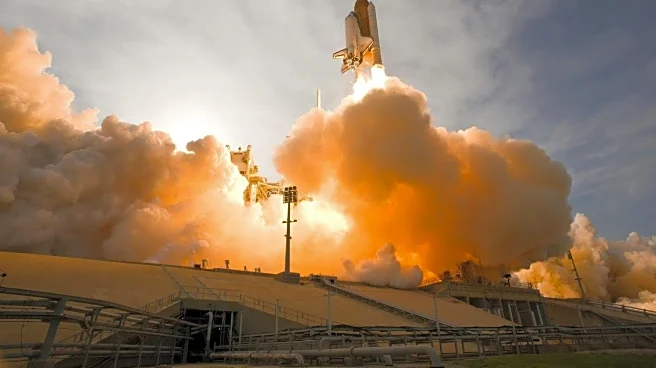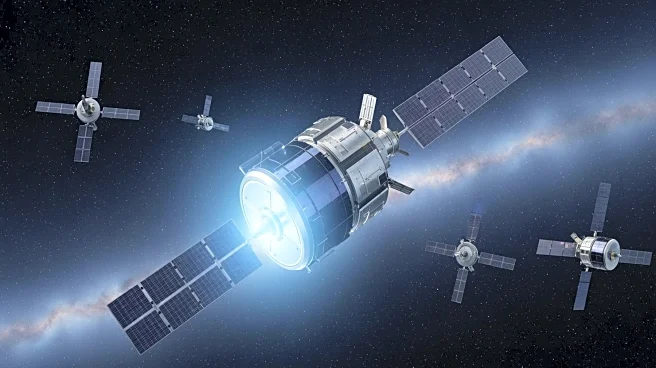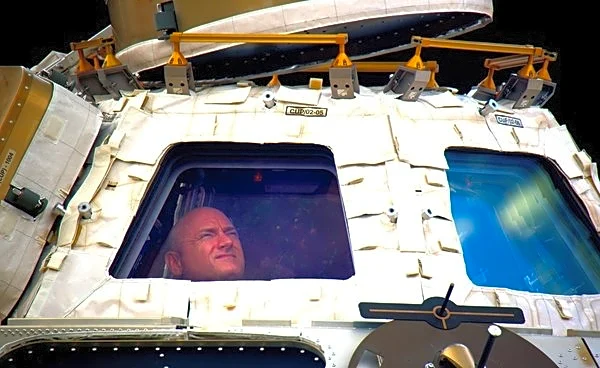What's Happening?
On October 31, 2025, SpaceX launched its 100th successful Starlink mission of the year, deploying 28 satellites into low Earth orbit. The launch took place at Vandenberg Space Force Base in California,
and the Falcon 9 booster successfully landed on the drone ship 'Of Course I Still Love You' in the Pacific Ocean. This mission marks the 139th Falcon 9 launch of the year and the 29th for the specific booster used. The Starlink satellites are part of a mega-constellation providing wireless communications globally. The mission was delayed by a day due to technical difficulties.
Why It's Important?
The successful deployment of additional Starlink satellites is crucial for expanding global internet coverage, particularly in remote and underserved areas. This initiative by SpaceX could significantly impact global communications, offering high-speed internet access to regions lacking infrastructure. However, the proliferation of satellites raises concerns about space debris and potential interference with astronomical research. The increasing number of satellites in orbit necessitates careful management to prevent collisions and ensure the sustainability of space activities.
What's Next?
SpaceX plans to conduct eight more Starlink missions before Thanksgiving, potentially adding 228 more satellites to the constellation. This expansion is part of SpaceX's broader strategy to enhance its satellite network, with the possibility of increasing the total number of satellites to 42,000 in the future. As the network grows, SpaceX will need to address regulatory and environmental challenges, working with international bodies to ensure responsible space operations. The company is also focused on technological advancements to improve satellite performance and reduce environmental impact.
Beyond the Headlines
The rapid growth of the Starlink network underscores the transformative role of private companies in space exploration and telecommunications. This trend raises important questions about the regulation of space activities and the balance between commercial interests and public good. The deployment of large satellite constellations could lead to increased competition in the broadband market, potentially driving down costs and fostering innovation. However, it also highlights the need for international cooperation to address the challenges of space traffic management and environmental sustainability.













